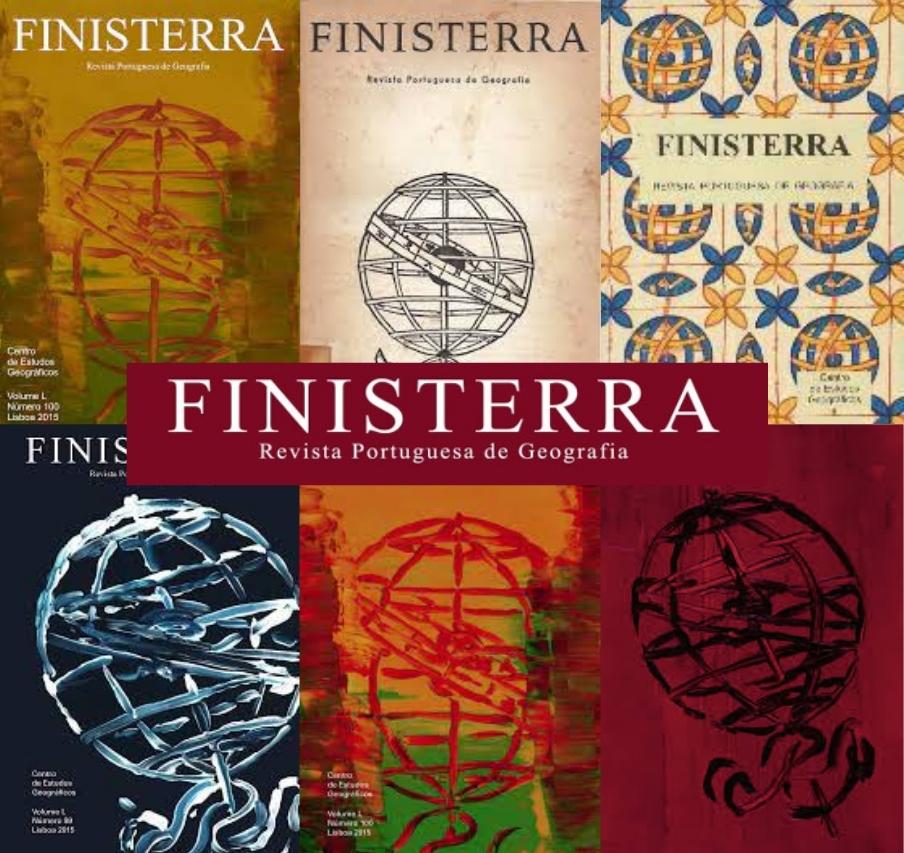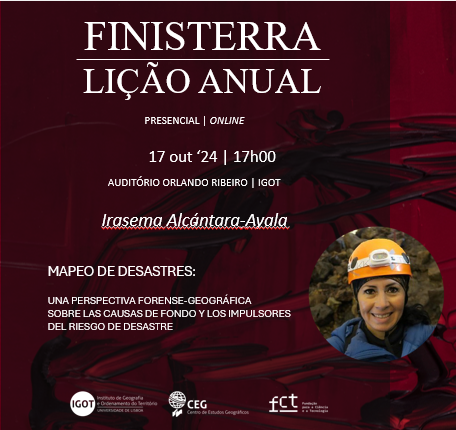Border disputes in southern Portugal and Spain in the nineteenth and twentieh centuries
DOI:
https://doi.org/10.18055/Finis25938Abstract
This article focuses on the construction of the border between Portugal and Spain on the Iberian Peninsula in the nineteenth and twentieth centuries and the subsequent appearance of cross border conflicts in the southern part of the two countries. A base typology is created by observing that most disputes, especially in Europe, have common characteristics. Against that background, the article unfolds in two directions. First, it focuses on border theory and the concepts that define border disputes. Second, by extension, it addresses the case of the Portuguese–Spanish border and the actors involved in making the boundary between Portugal and Spain. Border disputes arising in light of the border’s historical context are examined as are their resolution. On the one hand, the article highlights how nineteenth century borders resulted from the emergence of governments’ concern for sovereignty. On the other, governments sought not only to define linear borders but also to end illegitimate activities intensified on the border and to ensure power over their territories.
Downloads
Downloads
Additional Files
Published
How to Cite
Issue
Section
License
Copyright (c) 2022 Finisterra

This work is licensed under a Creative Commons Attribution-NonCommercial-NoDerivatives 4.0 International License.
-
The opinions expressed in the texts submitted to Finisterra are the sole responsibility of the authors.
-
Authors retain copyright and grant the journal the right of first publication, with the work simultaneously licensed under the Creative Commons Attribution License, which allows others to share the work with acknowledgement of its authorship and initial publication in this journal.
-
Authors commit to following the “Submission Guidelines” available on the RCAAP platform.
-
Whenever the text requires changes based on suggestions from Scientific Reviewers and/or the Executive Editorial Board, authors agree to accept and implement these changes as requested. If there are changes the authors disagree with, appropriate justifications must be provided on a case-by-case basis.
-
Reproduction of copyrighted material has been previously authorised.
-
The texts are original, unpublished, and have not been submitted to other journals.
Copyright
It is the responsibility of the authors to obtain authorisation to publish any material subject to copyright.
Editing Rights
Editing rights belong to the Centre for Geographical Studies of the Institute of Geography and Spatial Planning, University of Lisbon.
The editing of a text submitted to Finisterra for publication implies that it is an original.
Publication implies acceptance of the submission guidelines and compliance with authors’ responsibilities.
Publication Rights
All publication rights belong to the Centre for Geographical Studies, as the publisher of Finisterra.
Licence URL: CC Attribution – Non-Commercial – No Derivatives (BY-NC-ND).
Digital Preservation Policy
Finisterra uses the Open Journal Systems (OJS 3.2.1.4), a free and open-source software for journal management and publication, developed and distributed by the Public Knowledge Project (PKP) under the GNU General Public License. PKP is a multi-university initiative that develops open-source software and conducts research to improve the quality and reach of scholarly publishing. OJS includes the PKP PN plugin, a means of digitally preserving journal content in the PKP Preservation Network (PKP PN), which ensures long-term access to OJS journal content. PKP enables OJS journal publishers to preserve content in a decentralised and distributed manner. This ensures that, in the event a journal ceases publication or goes offline, continued access to articles and issues remains available (long-term preservation).
For more information, visit: https://pkp.sfu.ca/ojs/




_(2).jpg)

